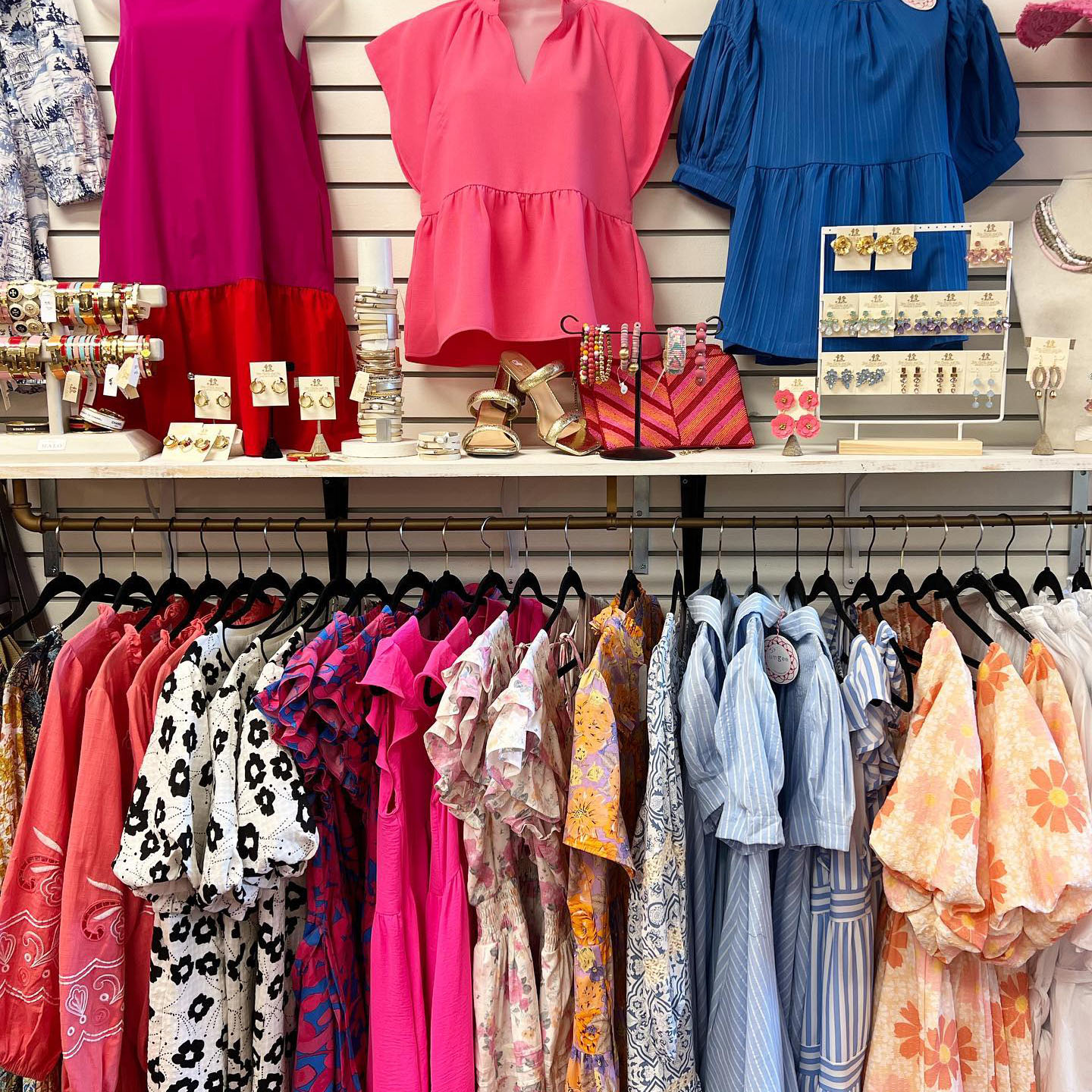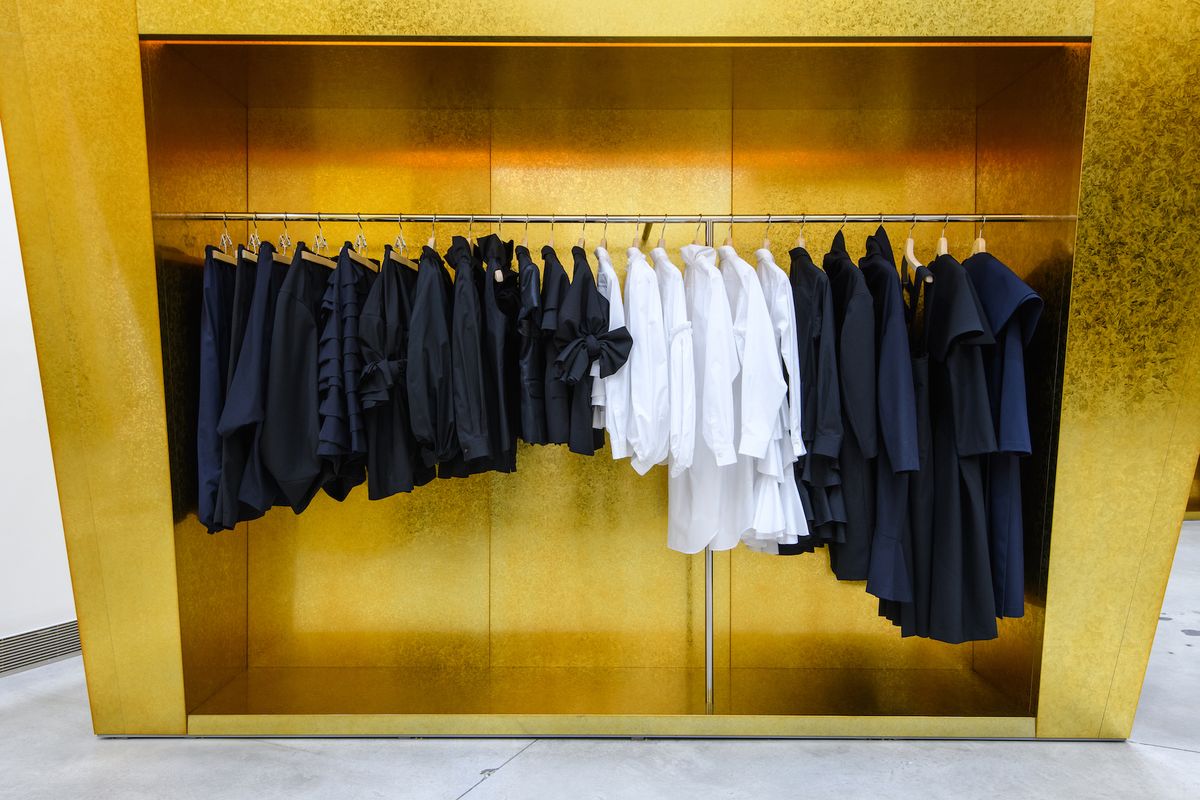A Deep Dive Into the Globe of High-Fashion Runways: Recognizing Clothing as Art
High-fashion runways have become fields where garments transcends its practical beginnings, advancing into a sophisticated form of artistic expression. Designers, similar to masterful musicians, weave intricate stories via shade, type, and material, challenging conventional norms and redefining beauty standards. These shows are greater than plain display screens; they are immersive experiences, where every stitch and joint informs a story abundant with social relevance and avant-garde development. As we explore these sartorial spectacles, we must contemplate: what duty does fashion play fit social worths, and exactly how does it reflect the ever-changing tapestry of human feeling and identification?
The Evolution of Runway Shows
The trajectory of path shows has actually changed dramatically over the decades, advancing from unique market occasions to fascinating eyeglasses that blend style with art. Typically, path shows were intimate events, held in ateliers or little venues, mostly participated in by purchasers and sector insiders. These early discussions focused on the garments' workmanship and commercial practicality, supplying a practical and direct display screen of seasonal collections.
As the style industry expanded, the nature of runway shows began to alter. The 1970s and 1980s marked a turning point, with designers seeking to differentiate themselves via even more staged discussions.
In current years, modern technology and social media have even more reinvented path shows, making them available to a worldwide target market. Livestreaming and electronic systems have actually equalized style, enabling lovers worldwide to witness these events in real-time (boutique fashion). This development reflects a broader cultural change, where high-fashion paths work as a vibrant crossway of development, style, and efficiency
Designers as Enthusiast Artists
Developers in the high-fashion industry have obscured the lines between practical garment production and the conceptual world of art. By embracing creative techniques such as sculpture, paint, and avant-garde installments, designers craft garments that challenge typical fashion norms and boost them to art forms.
Visionary developers attract inspiration from a myriad of resources, consisting of abstract art, historical referrals, and personal narratives. They possess an one-of-a-kind capability to envision and materialize ideas that push the borders of conventional fashion, commonly redefining visual paradigms at the same time. This imaginative resourcefulness is showcased through remarkable shapes, cutting-edge products, and intricate workmanship, which welcome viewers to experience fashion as greater than just wearable products.
In addition, the runway acts as a canvas for these artists, where lighting, music, and set style coalesce to produce immersive experiences. These discussions are not just display screens of apparel but are orchestrated performances that evoke emotion and provoke thought, affirming the designer's function as a true artist in the contemporary cultural landscape.
Social Impacts in vogue
Cultural tapestry weaves its intricate patterns right into the material of fashion, influencing developers internationally. The dynamic interchange of cultural tales, customs, and symbols educates and motivates collections that elegance high-fashion runways.
The impact of culture on style is frequently seen in the reinterpretation of traditional garments and patterns. For circumstances, the use of Japanese bathrobes, Indian saris, or African prints in contemporary style reflects a mix of cultural authenticity and modern appearances. Designers such as Valentino's Pierpaolo Piccioli and Alexander McQueen's Sarah Burton have been recognized to incorporate rich cultural themes right into their couture collections, equating background into wearable art.

Technology in Textile and Layout
Innovation in fabric and layout continually improves the landscape of high-fashion, pressing borders and redefining opportunities. In recent times, technical improvements have substantially added to this development, introducing materials that test standard understandings. Textiles embedded with smart fibers, with the ability of transforming shade or controling temperature, are no more constrained to the world of scientific research fiction. Designers are increasingly exploring the assimilation of innovation, such as 3D printing, which enables the creation of intricate frameworks that were previously unimaginable.
The fashion industry is experiencing a rise in the use of environment-friendly materials, obtained from recycled plastics, natural fibers, and also biodegradable elements. Developers are welcoming these materials to craft garments that are both visually striking and aware of their environmental impact.
In regards to layout, avant-garde silhouettes and experimental types are continually changing the runway. By including innovative methods and unusual products, developers grow garments that obscure the line in between style and art, setting new requirements for imagination and expression in the high-fashion ball.
Influence of Style on Culture
Style possesses an extensive influence on society, acting as both a reflection of cultural identity and a catalyst for social change. Through its evolution, fashion has actually mirrored social changes, enveloping the zeitgeist of different ages. The flapper outfits of the 1920s personified a newfound sense of women's freedom, while the strong prints of the 1960s echoed the innovative spirit of the time. High-fashion runways, particularly, function as systems for tough standards and redefining charm standards. Designers make use of these locations to deal with pressing social concerns, from sustainability to variety, thus forming public discussion.
Moreover, style has the power to bridge cultural voids, promoting understanding and admiration among varied groups. As globalisation accelerates, the cross-cultural exchange of learn the facts here now fashion concepts ends up being increasingly considerable, promoting inclusivity and variety. The rise of streetwear, originating from city subcultures, shows how style can transcend socio-economic limits, granting people a means of self-expression and empowerment.
Essentially, style is not merely concerning aesthetic appeals; it is a vibrant force that affects worths, mindsets, and social progress (boutique fashion). By constantly connecting with social and social currents, style remains an indispensable part of the collective human experience

Final Thought
High-fashion paths work as vibrant arenas where clothes transcends performance to come to be a meaningful art kind. Designers, akin to visionary artists, manage collections that mirror identification, feeling, and social click now stories, testing typical visual appeals. The combination of cutting-edge fabric and design, coupled with fancy set designs, lighting, and songs, develops immersive experiences that commemorate social variety. This crossway of fashion and creativity not only captivates target markets globally yet additionally affects societal perceptions and advertises a much deeper admiration for multiculturalism.

Cultural tapestry weaves its elaborate patterns right into the textile of fashion, influencing designers around the world.Fashion wields a profound impact on culture, offering as both a reflection of cultural identity and a driver for social adjustment.